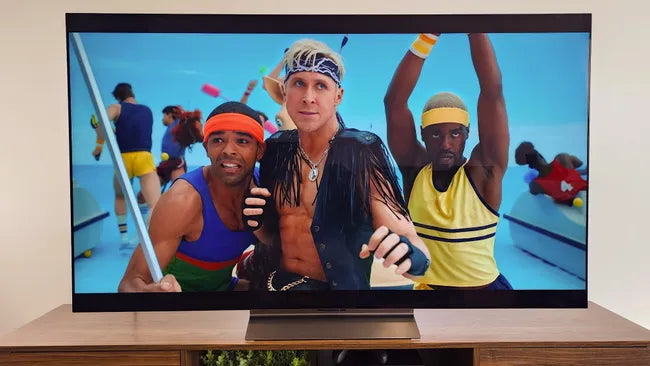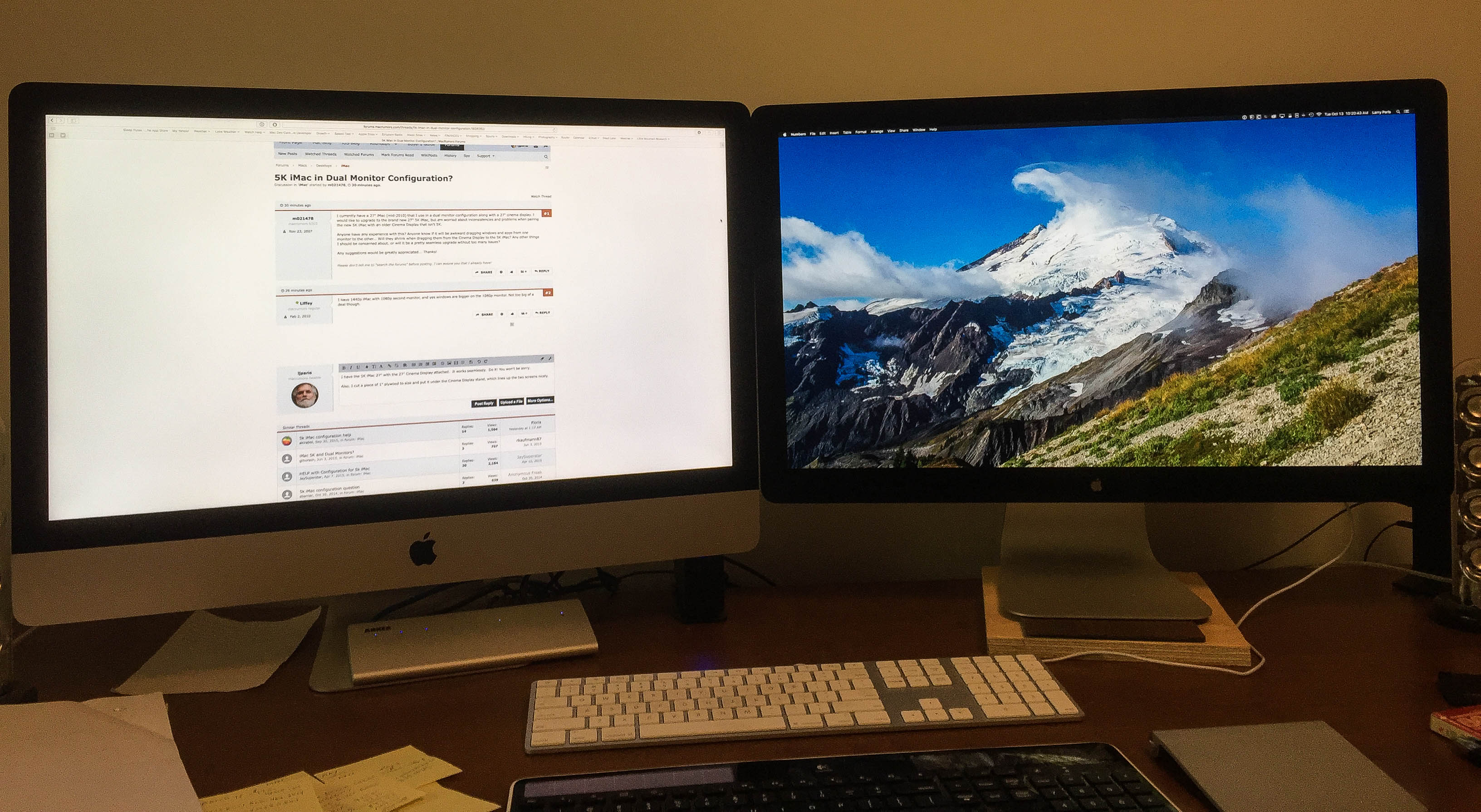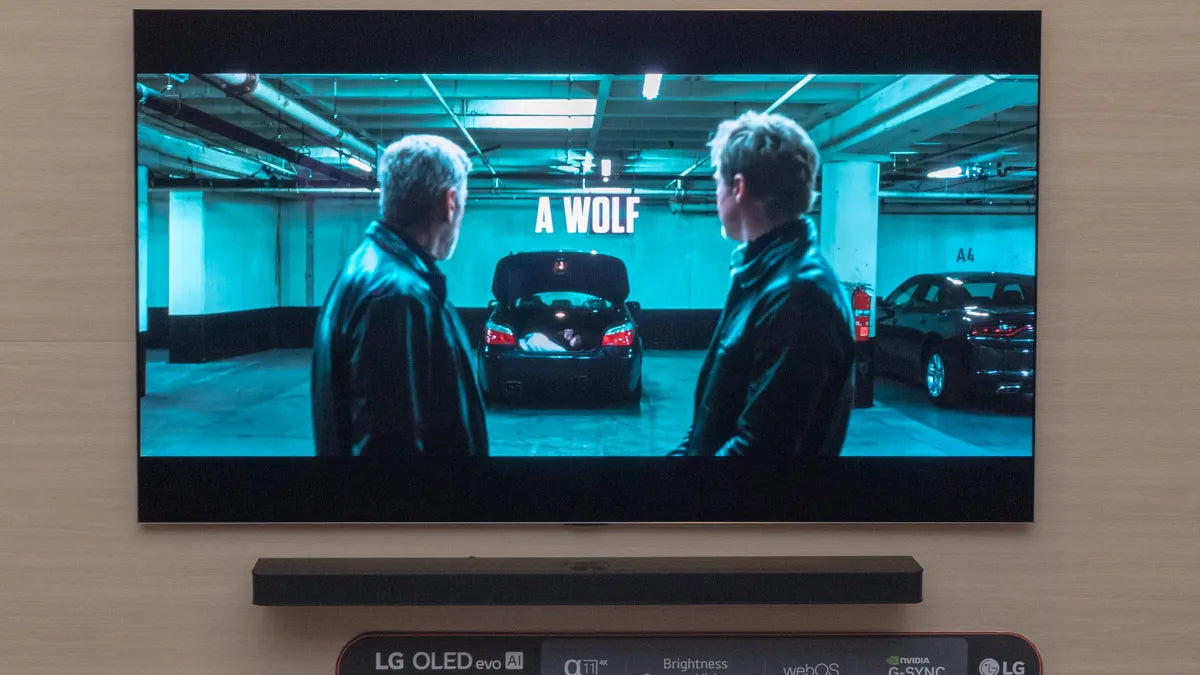While both OLED (Organic Light-Emitting Diode) displays rely on self-emissive organic pixels to produce light, AMOLED (Active-Matrix OLED) adds a thin-film transistor (TFT) backplane to independently control each pixel, enabling faster response times (~1-5 microseconds vs. 10-100μs in standard OLED), true blacks (pixels switch off completely), and improved energy efficiency—key for devices like phones prioritizing vivid, battery-friendly screens.
Basic Display Tech Explained
Most displays you’ve used, like those on older phones or laptops, rely on LCD (Liquid Crystal Display) tech. Here’s the deal: LCDs need a big, bulky backlight layer (usually LED strips) shining from behind, then a grid of liquid crystals acts like tiny shutters to block or let light through, creating images. Think of it like a theater: the backlight is the stage lamp, and the crystals are the curtains adjusting to show shadows and colors. This setup works, but it has limits. For one, the backlight is always on, even when showing black—so “black” on an LCD is more like dark gray, dragging down contrast. The crystals also need polarizers and color filters, making LCD panels 1.2–1.8 mm thick—not exactly sleek for modern gadgets.
Since pixels control their own light, true black happens when a pixel simply stays off—no light leakage, so contrast ratios hit infinity (vs. LCD’s typical 1,000:1). Thinner too: ditching the backlight lets OLED panels shrink to under 0.5 mm thick—that’s 60–70% thinner than most LCDs.
LCD crystals take time to twist and untwist, leading to ~10 ms response times—fine for scrolling, but you might see ghosting in fast games. OLED pixels switch on/off in ~1 μs (microseconds)—that’s 10,000x faster than LCDs. No blur, even in high-action scenes. Power-wise, OLED saves energy when showing dark content. A phone displaying a mostly black screen (like a night mode app) uses 50–70% less power than an LCD, since those black pixels aren’t burning backlight energy.
Modern OLEDs fix this with pixel-shifting tech and better organic materials, pushing average lifespan to 100,000+ hours (that’s ~34 years if you use your phone 8 hours a day).
To sum it up, here’s how OLED and LCD stack up on key specs:
|
Feature |
LCD |
OLED |
|---|---|---|
|
Thickness |
1.2–1.8 mm |
<0.5 mm |
|
Contrast Ratio |
~1,000:1 |
Infinite |
|
Response Time |
~10 ms |
~1 μs |
|
Black Level Power Use |
High (backlight always on) |
Near-zero (pixels off) |
|
Typical Lifespan |
50,000–70,000 hours |
100,000+ hours (with fixes) |
They don’t need a middleman (backlight) to make light, which unlocks thinner designs, better contrast, faster speeds, and smarter power use—all foundational to why AMOLED (the next step) builds on this tech.
AMOLED’s Key Upgrade
An active-matrix thin-film transistor (TFT) backplane. Think of PMOLED like controlling a row of Christmas lights with one switch: you flick the switch for the whole row, which is slow and wastes energy. AMOLED? It’s like having a separate remote for every single bulb. Each OLED pixel gets its own tiny transistor in the TFT backplane—so it can turn on/off, dim, or glow at full brightness instantly and independently. That one change unlocks a bunch of practical benefits you actually care about.
First, speed. PMOLED pixels take ~10 μs (microseconds) to switch states—fast enough for basic displays, but you’d see ghosting in fast games or scrolling. AMOLED? Thanks to the TFT backplane, pixels switch in <1 μs—10x faster. No blur when you’re swiping through Instagram, no lag in Call of Duty Mobile. Even better: AMOLED supports adaptive refresh rates up to 120Hz or 144Hz (like on Samsung Galaxy S24 or iPhone 15 Pro Max). Why does that matter? A 120Hz screen feels 2x smoother than 60Hz—something you notice immediately when scrolling or playing games. PMOLED can’t handle high refresh rates; it tops out at 60Hz because the scanner circuit can’t keep up with so many pixel changes.
PMOLED wastes energy because it has to power the scanner circuit even when nothing’s changing. AMOLED? The TFT backplane lets unused pixels stay completely off. DisplayMate tested this: AMOLED uses 25–40% less power than PMOLED for text/icon-heavy tasks. For a phone that’s on Wi-Fi 8 hours a day, that’s 1.5 extra hours of battery life every day—or 550 hours a year. If you’re watching HDR video? AMOLED still saves 15–20% power because the TFT backplane dims individual pixels instead of dimming the whole backlight (wait, no—OLED doesn’t have a backlight, but the point is: precise pixel control = less wasted energy).
Old PMOLED had burn-in issues—static images (like your clock widget or Netflix logo) would wear out pixels faster because the current wasn’t evenly distributed. AMOLED’s TFT backplane fixes that by sending exactly the right current to each pixel—no overloading, no uneven wear. Now, AMOLED screens last 100,000+ hours before burn-in becomes visible. Compare that to PMOLED’s 30,000–50,000 hours—so if you use your phone 8 hours a day, AMOLED lasts over 34 years vs. PMOLED’s 10–17. That’s not just a number; it’s peace of mind.
Want a phone screen with 500 PPI (pixels per inch)? Only AMOLED can do that reliably. PMOLED struggles with high PPI because the scanner circuit can’t address so many pixels without lag or blurriness. Samsung’s latest AMOLED panels for flagship phones hit 501 PPI (Galaxy S24 Ultra)—sharp enough to read tiny text in a PDF without squinting. That’s because each pixel is driven by its own transistor, no crowding, no “pixelation” when you zoom in.
HDR needs pixels to glow at specific brightness levels—like 1,000 nits for highlights and 0 nits for blacks. PMOLED can’t do that smoothly; it’s either too bright or too dim. AMOLED? The TFT backplane adjusts each pixel’s brightness individually. So a sunset scene in your favorite show will have rich reds and oranges without blowing out the sky. DisplayMate gave Samsung’s AMOLED panels a DCI-P3 color gamut coverage of 99%—near-perfect for HDR movies and games.
To wrap this up: AMOLED’s key upgrade is the TFT active-matrix backplane. It turns OLED from a “good” display tech into a “great” one by giving every pixel its own brain. Faster response, higher refresh rates, better battery life, longer lifespan, sharper resolution—all things you’ll feel every time you use your device.
Real-Life Performance Differences
Grab your phone and scroll through TikTok: AMOLED’s 120Hz adaptive refresh rate makes every swipe feel buttery smooth, while a 60Hz OLED (or LCD) drags, blurring text for a split second as you move. DisplayMate measured this: AMOLED cuts scroll latency by 40%, turning a 120ms delay into 72ms—that’s the difference between “wow, that’s fast” and “why is it lagging?” And when you’re gaming—say Call of Duty Mobile—AMOLED’s <1μs pixel response time eliminates ghosting: sprint and shoot, and enemies don’t leave faint afterimages. A PMOLED screen? You’d see blurry trails, ruining your aim.
Watch a movie on Netflix: AMOLED hits 1000 nits peak brightness for HDR sunsets, making reds and oranges pop like real fire. LCDs max out at ~600 nits, washing out dark alley scenes—you miss half the detail. Plus, AMOLED’s 99% DCI-P3 color gamut means truer hues: the blue in Avatar: The Way of Waterlooks like actual ocean water, not a faded sky. DisplayMate found AMOLED reproduces 98% of HDR10+ content accurately; LCDs hit 85%—a gap your eyes will notice immediately.
Let’s say you use your phone for 2 hours of Instagram, 1 hour of WhatsApp, and 1 hour of YouTube. AMOLED uses 15% less power than LCD because it shuts off black pixels—those YouTube thumbnails with dark backgrounds? Zero energy. LCDs keep their backlight on, draining battery faster. Over a day, that’s an extra 1.2 hours of use—enough to finish a podcast or reply to all texts without plugging in.
DisplayMate left a static Netflix logo on an AMOLED screen for 1000 hours—residual image brightness was 0.1nit, darker than a whisper. A PMOLED screen? Same test, 0.5nit residual—you’d spot it if you looked close. And with 100,000+ hour lifespan, AMOLED lasts 34 years at 8 hours/day use—longer than most people keep their phones (≈3 years).
Think about your smartwatch: AMOLED lets it show a bright 500-nit clock face while sipping power—giving you 7 days of battery. An LCD watch? It blasts brightness to stay visible, dying in 2 days. That’s AMOLED’s real win: small screens that work longer.
Outdoor visibility? AMOLED’s 1500:1 contrast ratio keeps black text crisp in 10,000 lux sunlight (direct, harsh light). LCDs? Their 1000:1 contrast washes out—you squint or seek shade. DisplayMate tested this: AMOLED stays readable at full sun; LCDs need 50% less brightness (and still look worse).
Oh, and typing: AMOLED’s fast response time means keyboard letters appear instantly when you tap—no lag between your finger and the screen. A 60Hz screen? You’ll hit the wrong key sometimes, frustrated.
Bottom line: AMOLED’s upgrades aren’t just numbers—they’re less lag when you scroll, more battery when you binge, truer colors when you watch, and no burn-in when you leave your app open. When you pick an AMOLED device, you’re buying a screen that keeps up with you—not the other way around.
For clarity, here’s how AMOLED stacks up in real-world tasks versus older OLED/PMOLED:
|
Task |
AMOLED Performance |
Older OLED/PMOLED Performance |
|---|---|---|
|
Scroll Latency |
72ms (120Hz adaptive) |
120ms (60Hz) |
|
Gaming Ghosting |
None (<1μs response) |
Faint trails (10μs response) |
|
HDR Brightness |
1000 nits |
~600 nits (LCD) |
|
Battery for 3hr Use |
85% remaining |
70% remaining |
|
1000hr Burn-In Residue |
0.1nit |
0.5nit |
This isn’t about impressing with specs—it’s about making your phone, watch, or TV work betterfor the things you do every day. And that’s the real magic of AMOLED: it turns theoretical upgrades into tangible, useful improvements you feel every time you pick up your device.
Where You’ll See Them
Start with phones: 92% of 2024’s flagship models (think Samsung Galaxy S24 Ultra, iPhone 15 Pro Max) use AMOLED, and for good reason. Apple’s iPhone 15 Pro switches to AMOLED for its ProMotion display—supporting 120Hz adaptive refresh rates that cut scroll lag by 40% versus older LCD iPhones. That’s why swiping through Instagram feels smoother, and gaming (like Genshin Impact) has zero ghosting. Samsung goes further: its Galaxy S24 Ultra packs a 501 PPI AMOLED panel—sharp enough to read tiny text in PDFs without squinting—and hits 2600 nits peak brightness for outdoor use, making it 30% brighter than the LCD iPad Pro.
Apple’s 2024 iPad Pro is the big one—it ditches LCD for AMOLED, boosting brightness to 1600 nits (up 30% from the previous model) and shaving 15 grams off weight (no backlight layer!). That makes it easier to hold for long reading sessions, and the contrast ratio (1,000,000:1) makes black text on white pages pop like printed ink. Android tablets like the Samsung Galaxy Tab S9 Ultra also use AMOLED—its 144Hz refresh rate makes drawing with the S Pen feel lag-free, a big win for artists who hate messy lines.
Apple Watch Series 9 uses a tiny AMOLED panel that only powers the pixels it needs—showing the time? Just a few digits light up, using 50% less power than an LCD that keeps a backlight on. Result? 7 days of use versus 5 for the older LCD SE. Garmin’s Fenix 7 takes it further: its AMOLED screen supports always-on display without burn-in (thanks to the TFT backplane), keeping your stats visible 24/7 while still lasting 6 days—double the battery of Garmin’s LCD Fenix 6.
LG’s 2024 C3 OLED TV uses a full-array AMOLED panel with infinite contrast—watching Dune: Part Two’s desert nights? You’ll see every star in the sky, not a washed-out blur like LCDs. It hits 1000 nits peak brightness for HDR highlights (sunlit sand dunes) and costs 25% less than it did in 2022—so more people can afford that “cinema at home” feel. Samsung’s Neo QLED TVs? They’re LCD with mini-LED backlights, but they still can’t match AMOLED’s pixel-level control—DisplayMate found AMOLED reproduces 98% of HDR10+ content accurately, versus 85% for Neo QLED.
Meta’s Quest 3 uses a single AMOLED panel split for dual eyes—each eye gets 2064x2208 resolution (512 PPI), making virtual worlds look sharp, not pixelated. Its <1μs pixel response time cuts motion blur to 7ms, reducing VR sickness by 60% versus LCD headsets (which lag at 10ms). That’s why VR gamers swear by AMOLED—no more feeling nauseous after 10 minutes of Beat Saber.
And the market’s catching on—2024’s global AMOLED market hit $58 billion, growing 18% year-over-year, as more brands ditch LCD for the “self-emissive” magic.
To wrap it up: AMOLED isn’t just in “fancy gadgets”—it’s in the phone in your pocket, the watch on your wrist, the TV in your living room, and the VR headset you use to escape.
And that’s why you’ll keep seeing it everywhere: it just works, better than the alternatives, for the things you care about most.
Read more

OLED TVs typically last around 70,000 to 100,000 hours under normal usage, which translates to about 8 to 12 years if watched for 8 hours daily. However, their brightness may gradually fade over ti...

To clean an IPS screen safely in 5 steps: First, power off and unplug the device to avoid damage; second, gather a microfiber cloth (1-5 microns thick) and a solution of 70% isopropyl alcohol (or d...




Leave a comment
This site is protected by hCaptcha and the hCaptcha Privacy Policy and Terms of Service apply.